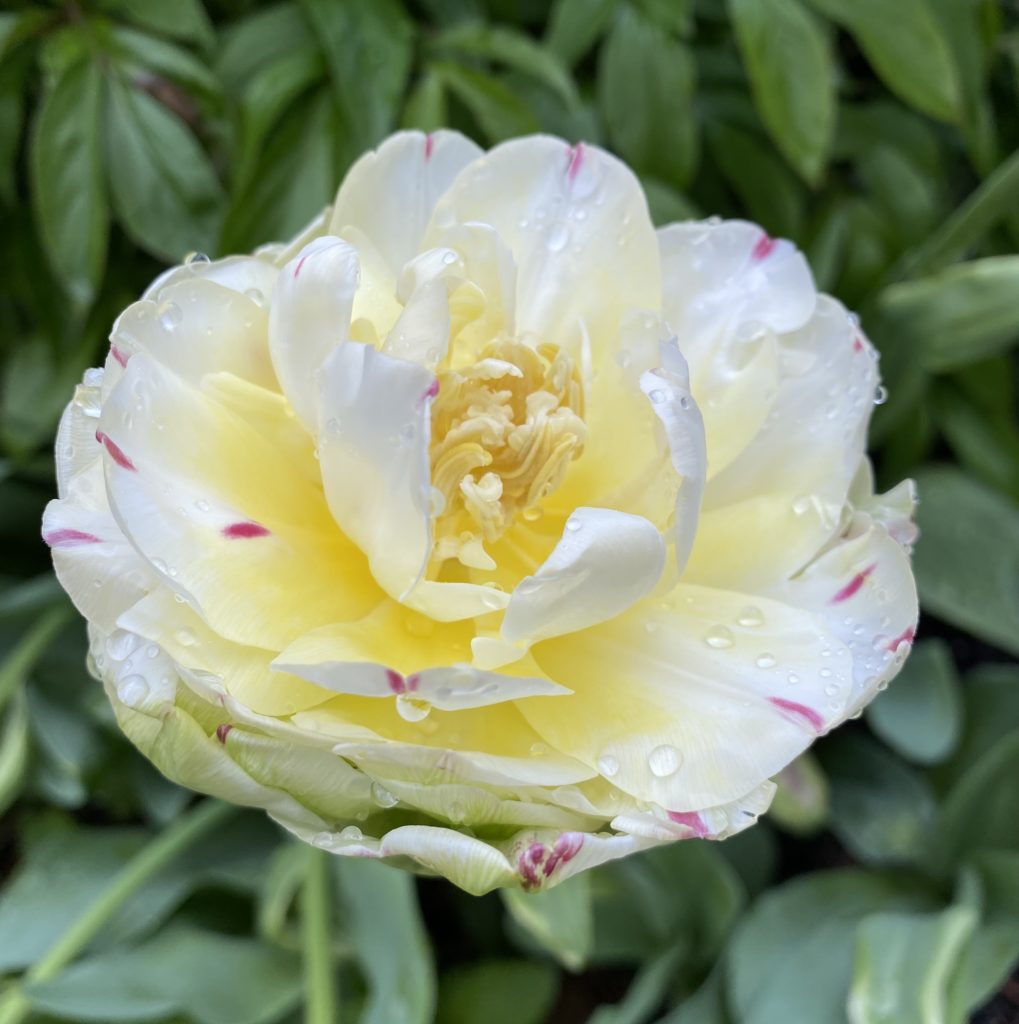
We’re on the cusp of spring here in Georgia, and this time of year a gardener’s thoughts turn to new plants and projects. This month, rather than give you ideas for elaborate container arrangements, or perennial and annual combinations, I’ll focus instead on plants that are simple at first glance, but prove to be useful in so many ways.
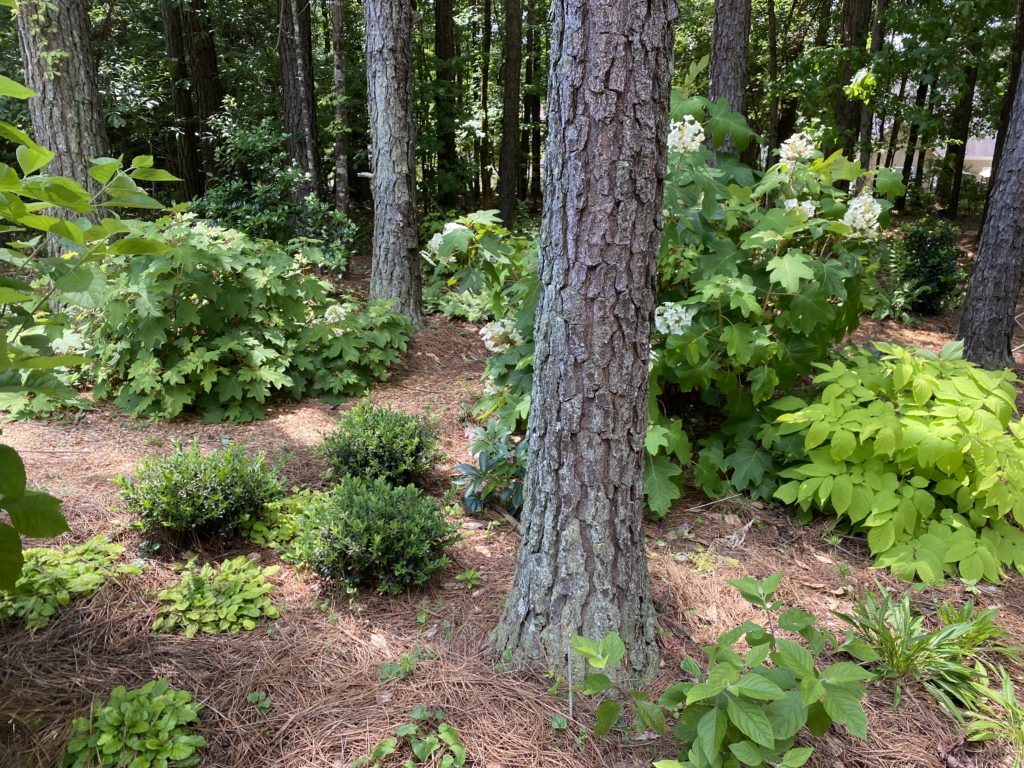
Ilex crenata ‘Hoogendorn’ is a plant that I’ve turned to again and again as a substitute for boxwood, which can struggle in clay soil because it needs good drainage to thrive. This holly is a less fussy alternative and does well in sun or part-shade. It has the same texture and leaf shape as a boxwood and can be used in the same way. It works well in containers, makes a good a backdrop for low annuals or perennials, and mixes easily with other shrubs in a border.
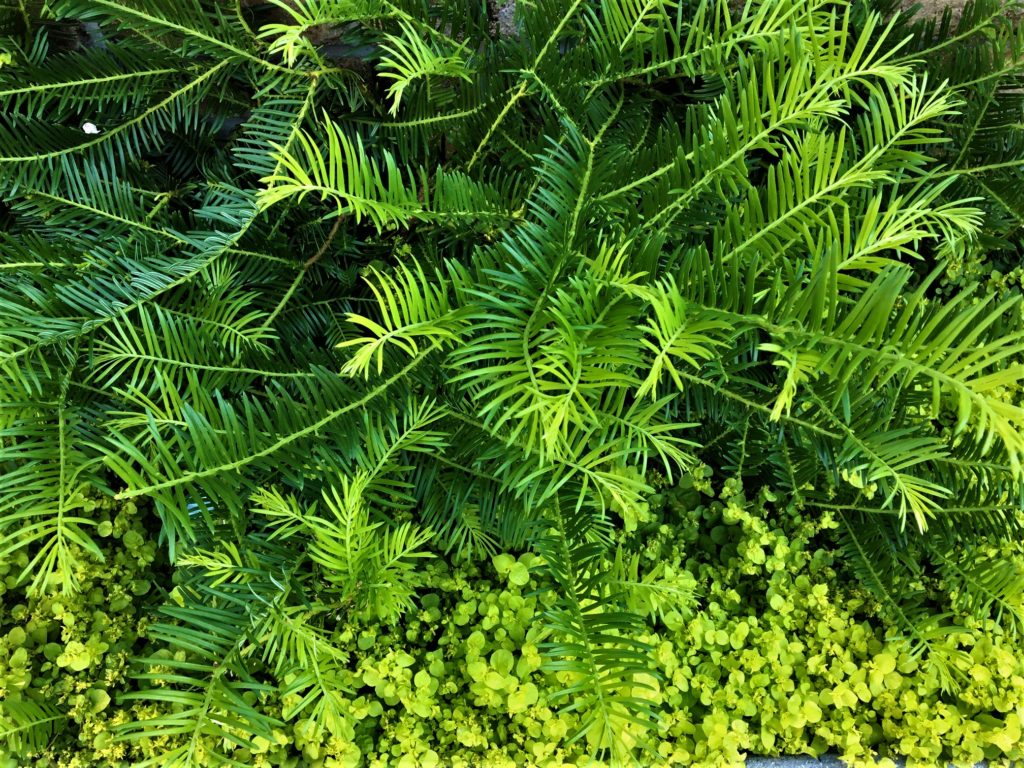
Cephalotaxus harringtonia, or Japanese plum yew, is a wonderfully textured plant for shady gardens. It works well when used as a layering plant under other larger shrubs, such as camellias, and it truly looks good 365 days a year. It is slow growing, forming a low mass that can spread over several feet, but you can prune the branches a little here and there to keep it more compact. For this yew to look its best it should be allowed to gracefully extend its branches outward, so if you need to plant something in a confined space, choose something more like the ‘Hoogendorn’ holly. For an elegant look in a formal garden, try planting this yew in a large urn. Part-shade to shade is best for this shrub.
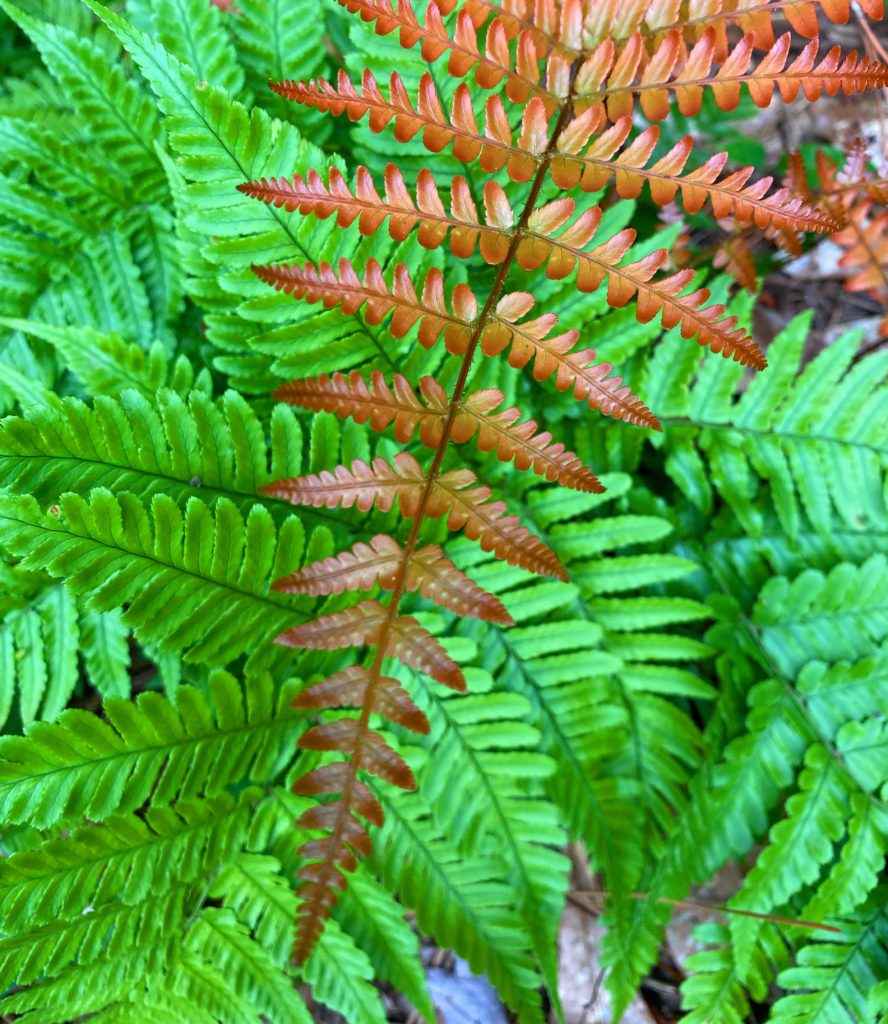
Dryopteris erythrosora, or autumn fern, is another plant I rely on for year-round interest. This is a shade plant, but will do fine in morning sun with afternoon shade and regular water. It is a tough fern and I’ve found it to be somewhat drought tolerant, but it does best when given regular water in soil amended with compost. With good moisture, the fronds will extend almost two feet in height and this particular fern will withstand frost and cold, looking pretty good even at the end of winter. This is the time of year when I cut back old fronds before new copper-colored growth appears. Wonderful in a mass planting, this fern also works well in shady window boxes and pots combined with other shade loving plants.
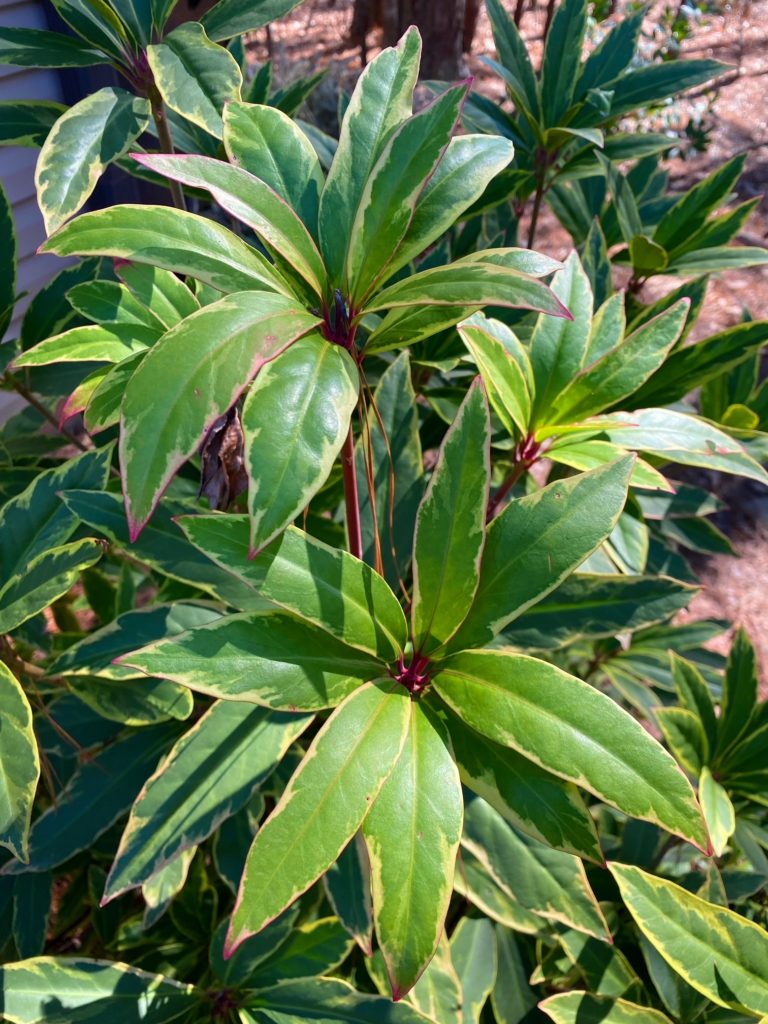
Illicium floridanum ‘Pink Frost’ is a showy evergreen shrub for areas that stay moist, but if you have average soil it will do fine as long as you water it during dry spells in the heat of summer. What I like best about this selection is that it looks wonderful every day of the year, but in spring new foliage is especially vibrant, and the magenta flowers are a bonus. This will mature into quite a large shrub, so plant it in an area where it can reach its full potential. It’s a winner.
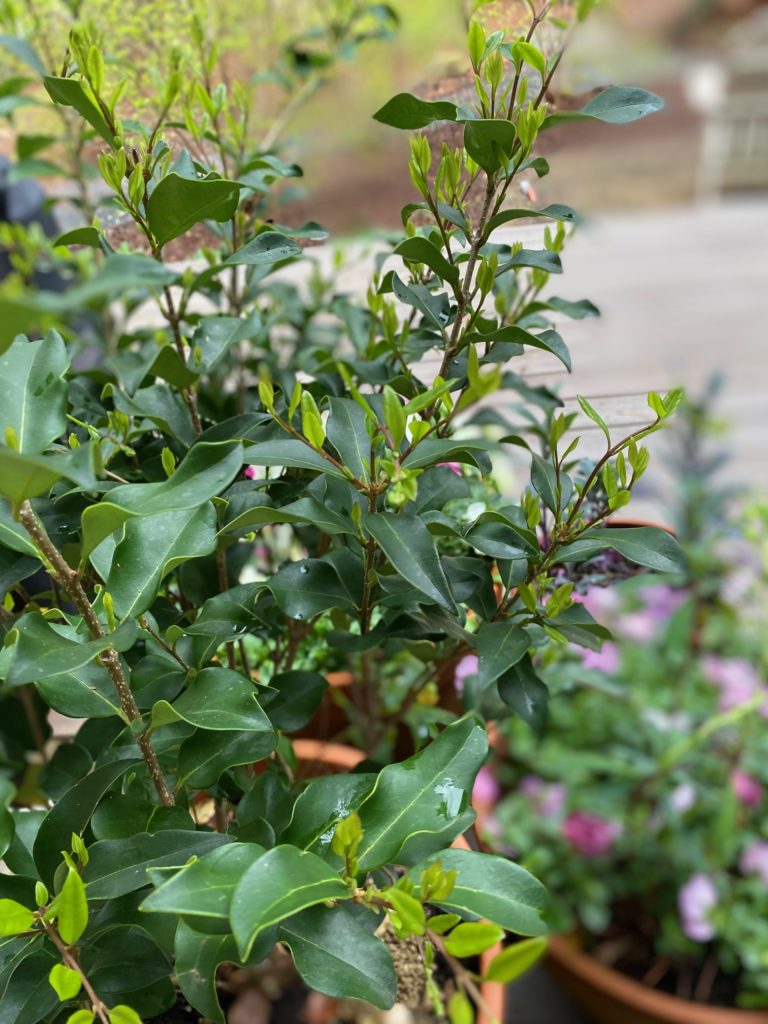
Ligustrum japonicum ‘Recurvifolium’, or wavy leaf ligustrum, is not something I ever imagined I might recommend to you on this website, but hear me out. What I’ve found is that occasionally you need a plant so bulletproof that it won’t die when you’ve gone off for a week in August and the neighbor kid forgot to water your pots. This is that plant. It is a tough screening plant for a border, but where I like to use it is in a container.
Typically you or I would imagine a large container anchored with something elegant like a hydrangea, but there are times when you need something attractive, evergreen, and tall. This fits the bill and looks fine whether its 98 degrees or 15 degrees. I use it in plant groupings where I need a backdrop for smaller containers of fancier, and therefore, fussier plants. To slow down the growth of your ligustrum, simply remove it from the container each winter, root prune it (saw a few inches off the sides and bottom of the rootball) and repot it with a little more potting soil and worm castings or fertilizer.
I hope I’ve given you some new ideas for using simple plants to enhance your garden space. Happy spring!